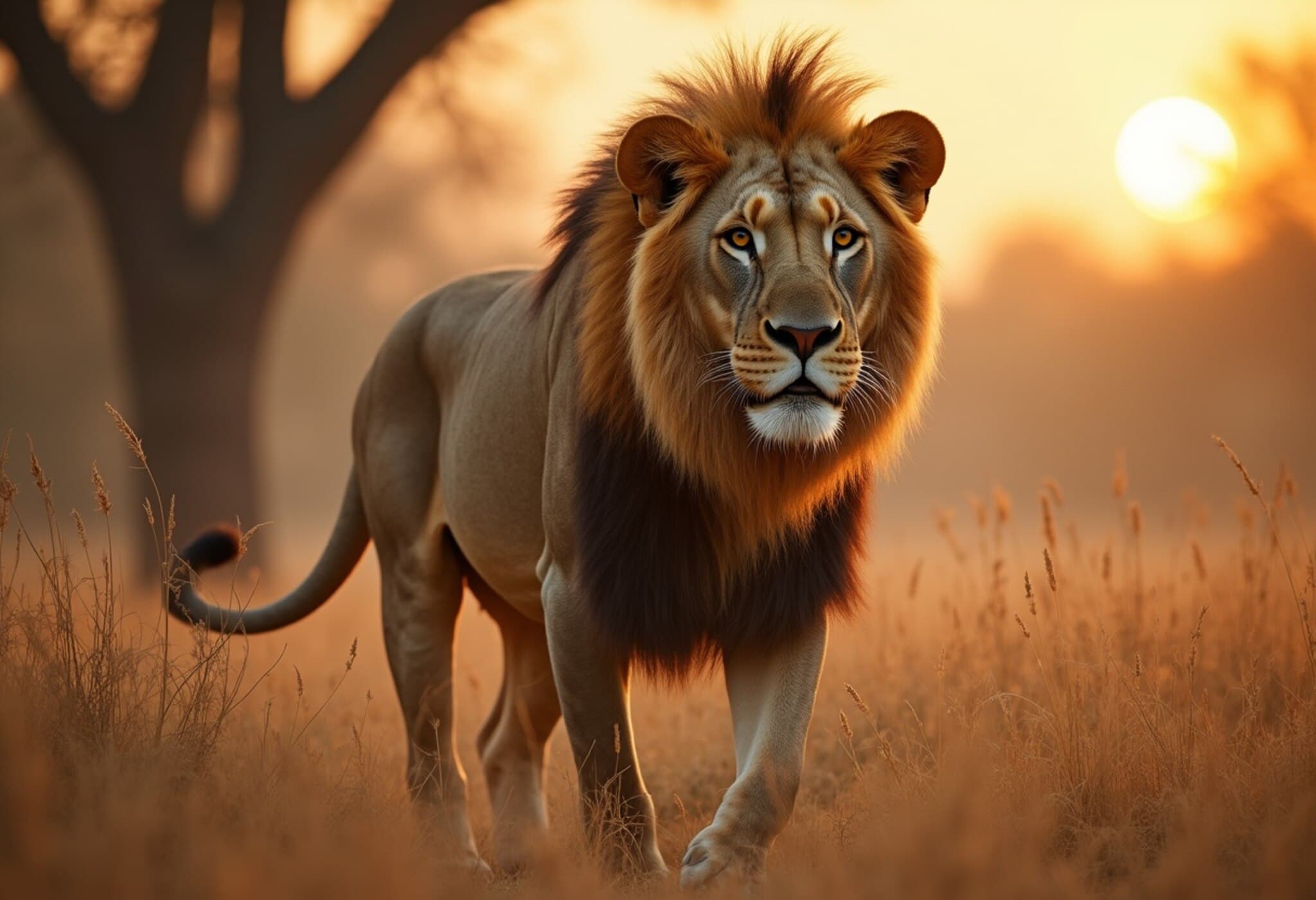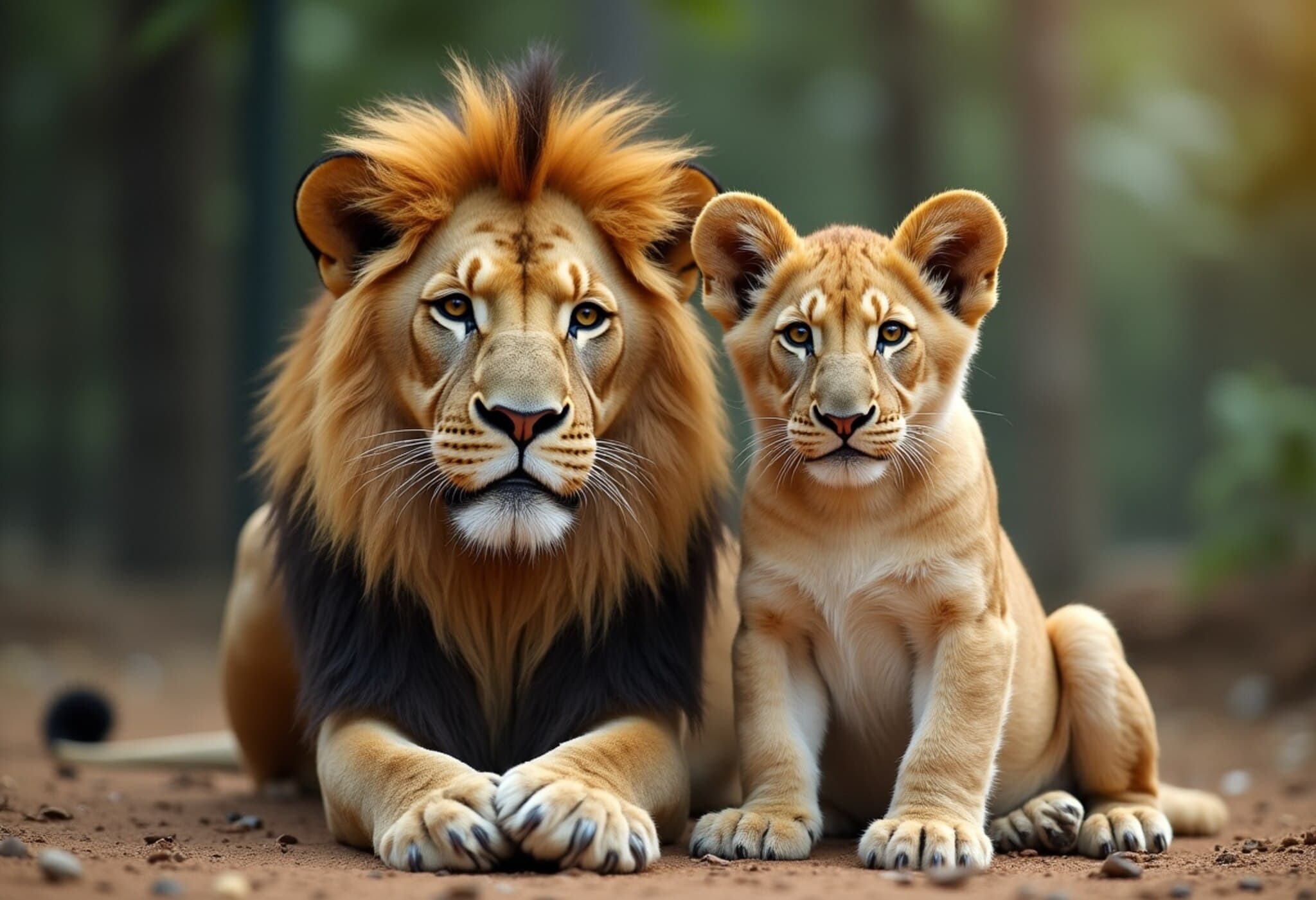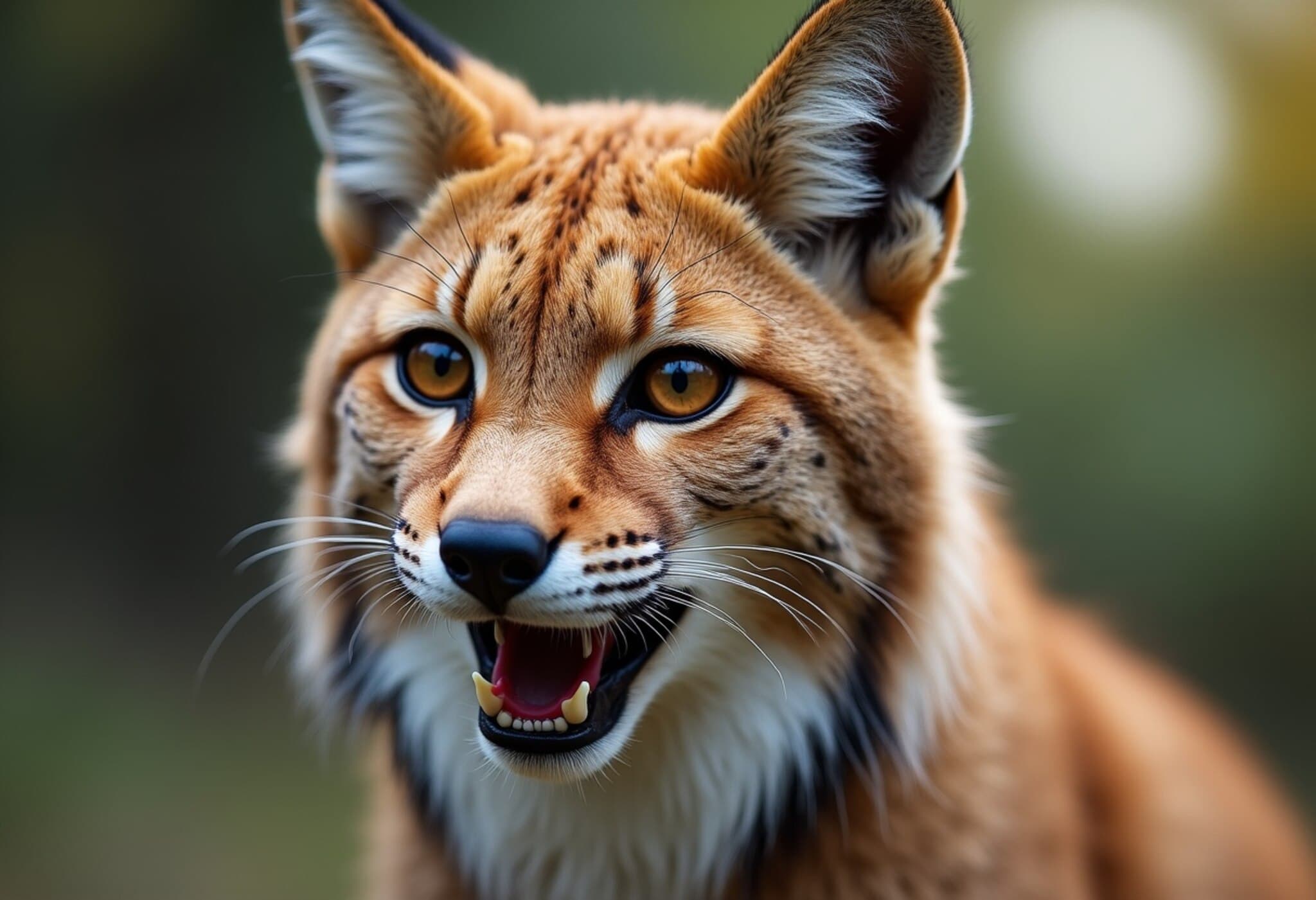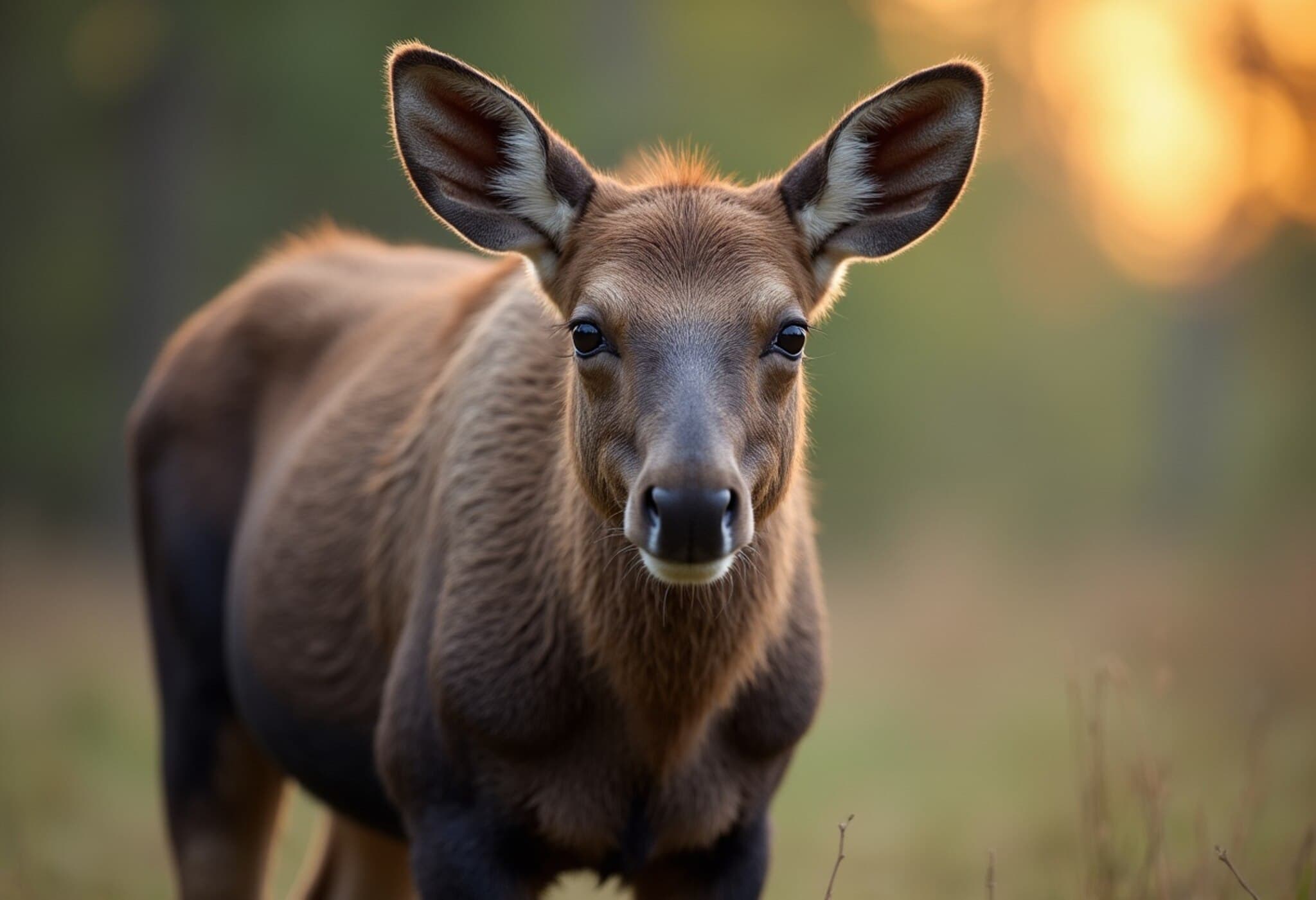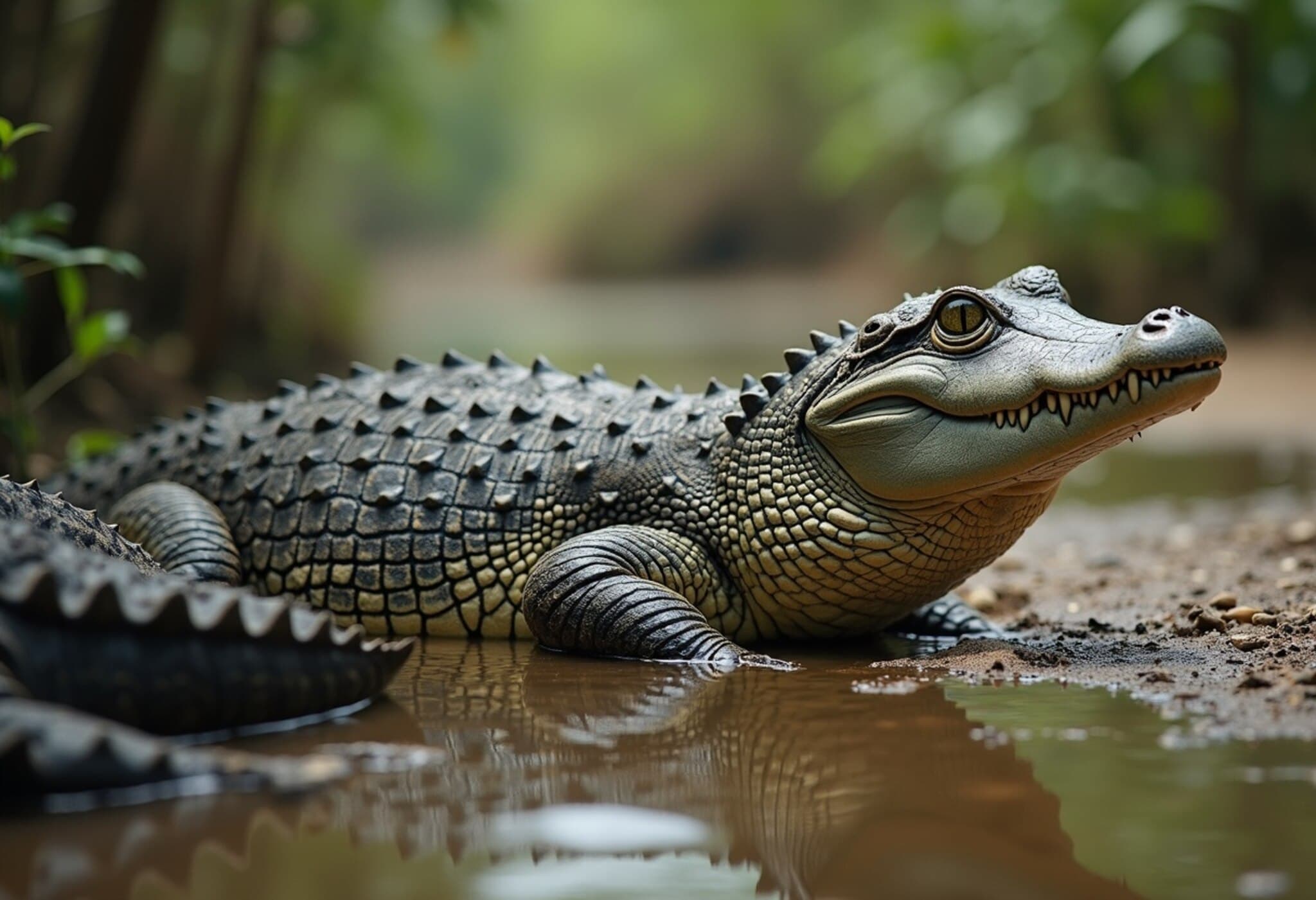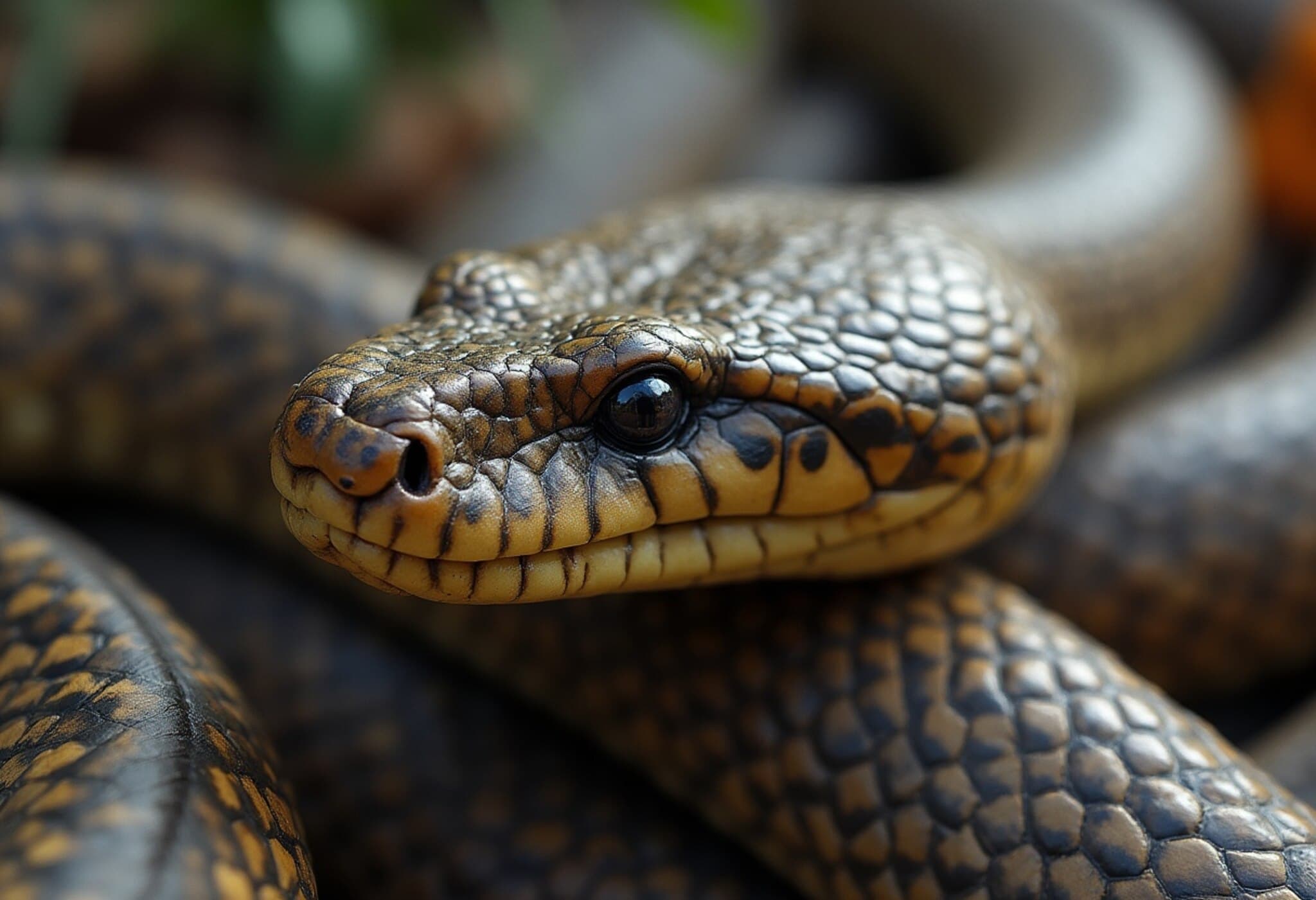Global Spotlight on Asiatic Lion Conservation in Gir: A Triumph of Vision and Coexistence
On World Lion Day, Gujarat’s Chief Minister Bhupendra Patel underscored how the state’s dedication towards saving the Asiatic lion has transformed into a celebrated global success story. Speaking at a vibrant celebration in Timbdi village, Devbhumi Dwarka district, Patel credited the visionary leadership of Prime Minister Narendra Modi and the relentless efforts of the forest department for the remarkable progress.
From Near Extinction to Thriving Population: A Conservation Milestone
The Asiatic lion population in Gujarat has soared to an impressive 891 individuals, signaling a major recovery from the brink of extinction. “This growth is not just a statistic—it's a matter of pride and an emblem of hope for wildlife conservation,” Patel remarked. Notably, the lion habitat has expanded from just three to eleven districts over the last 25 years, reflecting both ecological success and strategic human-wildlife harmony.
Barda Wildlife Sanctuary: The New Frontier for Asiatic Lions
Adding a fresh chapter to this narrative, the lions have naturally reclaimed the Barda Wildlife Sanctuary, a move heralded as the first rehabilitation of these majestic cats in the region after more than a century. Recognizing this milestone, PM Modi announced comprehensive support to bolster lion conservation efforts in Barda, a region growing in popularity among eco-tourists for its scenic and biodiversity richness.
Investment in Conservation Infrastructure: A Rs 180 Crore Boost
On this occasion, CM Patel inaugurated and laid foundations for several development projects aimed at enhancing conservation and tourism infrastructure:
- A new safari park in Barda Wildlife Sanctuary, promising immersive wildlife experiences.
- Facilities tailored for tourists to encourage responsible eco-tourism.
- Deployment of 247 vehicles to monitor, patrol, and rescue wildlife effectively.
- Launch of an online portal enabling users to book visits to 24 eco-tourism sites across Gujarat.
Union Minister Bhupender Yadav Highlights Eco-Centrism and Community Role
Echoing Patel’s optimism, Union Minister for Environment, Forest and Climate Change Bhupender Yadav brought attention to the symbiotic relationship between humans and lions in Gir. He applauded the Maldhari pastoralist communities living within the lion habitats, emphasizing their role in coexisting harmoniously with wildlife without compromising conservation goals.
“Gir stands as a global exemplar of eco-centrism—a philosophy where human life and nature coexist respectfully,” Yadav said. “This model, driven by local government efforts and traditional knowledge, can inspire conservation initiatives worldwide.”
India’s Leadership in Big Cat Conservation
Yadav took pride in India’s unique position of hosting five of the seven global big cat species: lions, tigers, leopards, snow leopards, and cheetahs. He highlighted significant strides under PM Modi's leadership, including increasing tiger reserves from 47 to 58 over the past decade and sustaining 70% of the world’s wild tiger population.
Particularly noteworthy is the Project Cheetah, aimed at reintroducing the cheetah to India after its disappearance in 1952. “Through international collaboration, we successfully brought 20 cheetahs from Namibia and South Africa, and with a thriving population of 29 today, the project is progressing robustly,” Yadav reported.
Why Gujarat’s Conservation Efforts Matter Beyond Its Borders
The story of Gujarat’s Asiatic lion conservation transcends regional pride; it embodies successful integration of ecological sustainability, community engagement, and political will—elements often missing in wildlife preservation globally.
As urbanization and habitat fragmentation threaten biodiversity, Gir’s model offers critical lessons on:
- Community stewardship: Elevating indigenous and local stakeholders as frontline conservationists.
- Economic inclusion: Linking wildlife conservation with local livelihoods creates incentives to protect habitats.
- Adaptive management: Expanding lion habitats naturally while managing human-wildlife conflict.
This multifaceted approach is vital as humanity navigates the challenges of climate change, biodiversity loss, and sustainable development.
Looking Ahead: Challenges and Opportunities
Despite the heartening rise in lion numbers, challenges persist. Increasing human-wildlife encounters demand robust conflict mitigation strategies. Moreover, as eco-tourism grows, balancing visitor influx with habitat preservation remains critical.
The government's initiatives, including greater funding, technology-enabled monitoring, and community empowerment, aim to address these issues. Ultimately, sustaining this momentum requires continued political backing and broad societal support.
Editor’s Note
The Asiatic lion’s resurgence in Gujarat reminds us that conservation success is possible when visionary leadership aligns with grassroots involvement and scientific management. It prompts larger questions: How can other regions replicate this model to protect endangered species? What role do local communities truly play in conservation? And how can economic incentives be aligned with environmental imperatives?
As we celebrate World Lion Day, let Gujarat’s journey inspire a global movement—where humans and wildlife not only coexist but thrive together.

